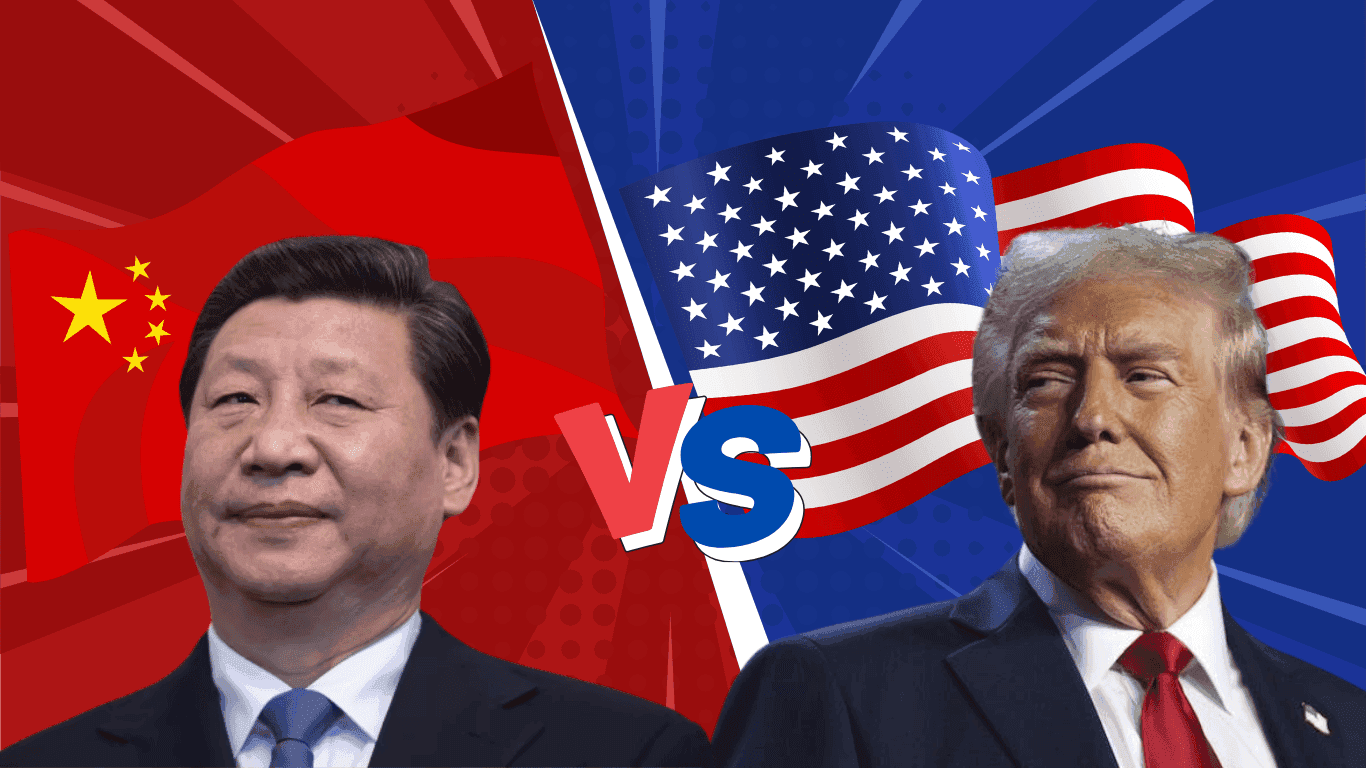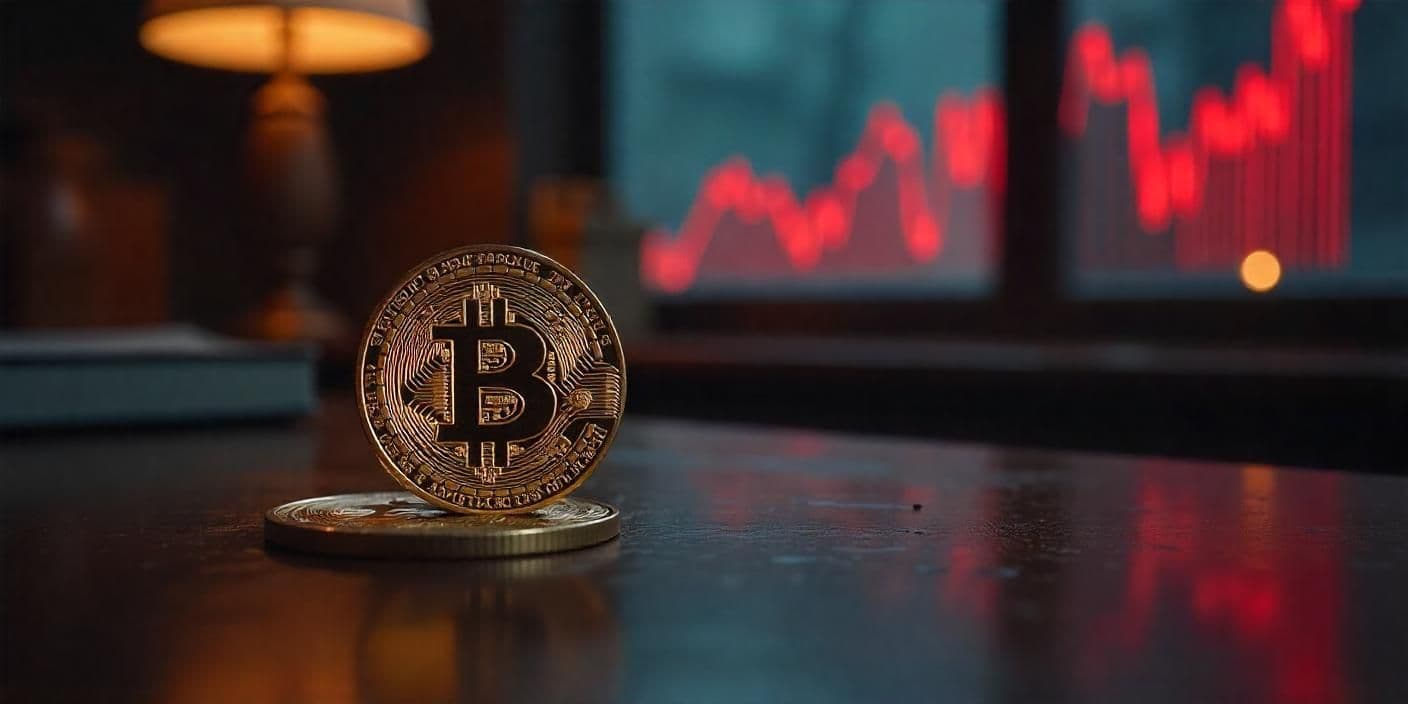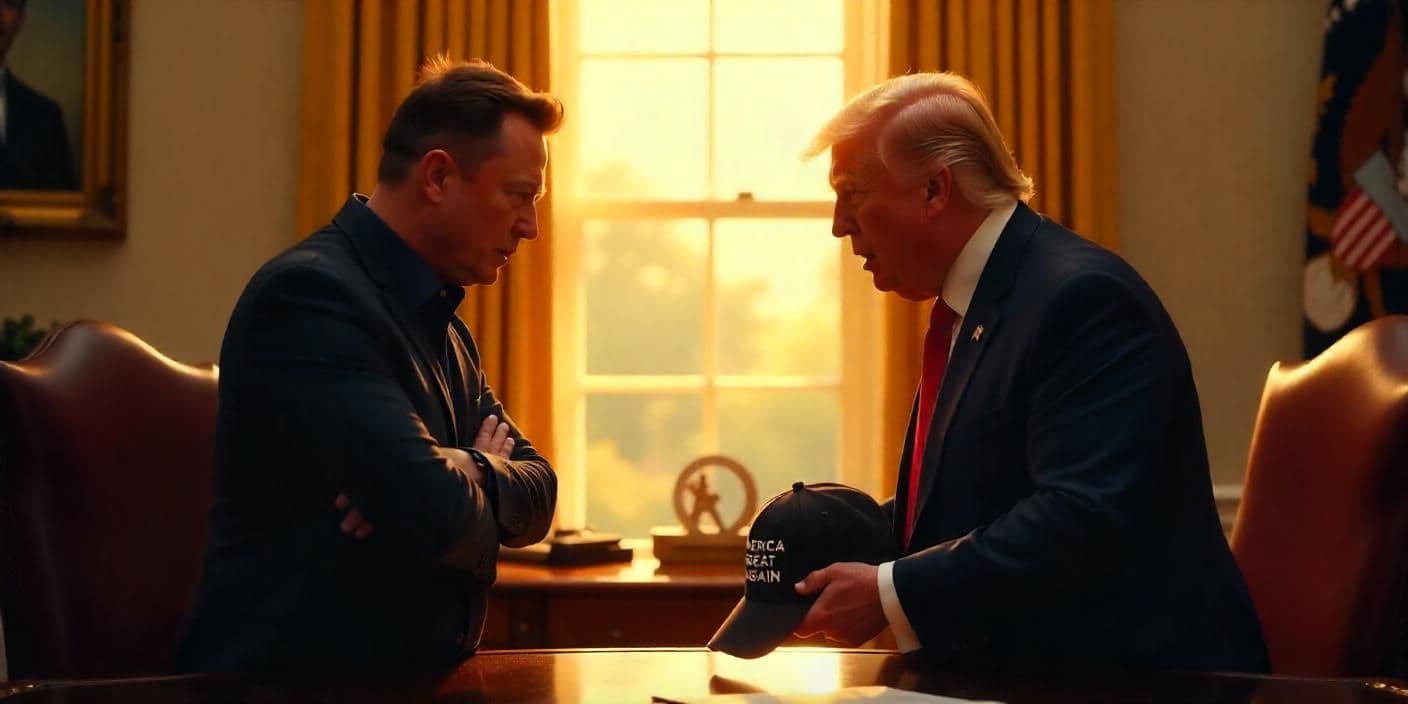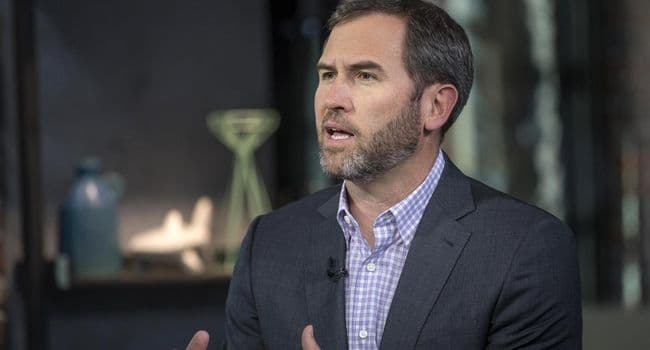Trump’s Tariff Surge on China Sparks Global Jitters — Can Bitcoin Become an Alternative to USD?
As the U.S. slaps an unprecedented 104% tariff on Chinese goods, global markets recoil — and crypto might be the long-term winner. Could Bitcoin become the hedge nations need?
Tariffs Hit Again, Markets Stumble Again
Bitcoin and Ethereum plunged as U.S. President Donald Trump announced a sweeping 104% tariff on all Chinese imports — the most aggressive move in the ongoing trade standoff. The measure, which took effect at 12:01 AM ET on April 9, triggered a wave of uncertainty across both traditional and crypto markets.
At the time of writing, Bitcoin (BTC) trades at $77,200 — down 9% over the past 7 days — while Ethereum (ETH) has fallen to $1,470, reflecting a sharp 21% weekly decline. The broader crypto market capitalization sits at $2.46 trillion, down 2% in just the past 24 hours.
BTC/USD price over the past week - TradingView
The tariff surge follows China’s refusal to withdraw its 34% retaliatory tariff on U.S. goods, as demanded by the White House. With neither side backing down, market volatility is expected to rise — and crypto may find itself in the crosshairs.
Short-Term Pain, Long-Term Pivot?
Analysts predict that the immediate fallout from this escalation will be negative for risk assets like crypto. Heightened tariffs historically suppress global growth, weigh down emerging markets, and curb investor appetite for volatility — all of which put pressure on Bitcoin and altcoins.
However, a growing number of strategists are also pointing to a potential long-term shift. As the trade war intensifies and the dollar is used more frequently as a political weapon, countries like China may begin exploring alternative reserve assets — and crypto is near the top of the list.
With U.S. tariffs now effectively pricing Chinese goods out of the American market, China may accelerate its de-dollarization strategy. Over the past decade, the Chinese government has reduced its dependency on U.S. trade, growing its export economy through deeper ties with Asia, the Middle East, Africa, and Latin America. If China and its trade partners start seeking an alternative to the U.S. dollar — whether through gold-backed systems or blockchain-based reserves — crypto assets like Bitcoin could become part of the solution.
Bitcoin Future: Will Bitcoin USD be the new Standard?
Some analysts argue that Bitcoin could serve as a neutral reserve asset in a fractured global trade system. As a decentralized currency with no central issuer, it is immune to political manipulation — making it appealing in times of economic conflict.

In particular, increased inflationary pressure on the Chinese yuan, paired with global de-risking from dollar exposure, might incentivize institutional players in Asia to reallocate toward digital assets. If that happens, Bitcoin’s role could shift from speculative investment to strategic economic hedge.
What to Watch Next
While the immediate outlook for crypto markets remains bearish amid global risk-off sentiment, medium- to long-term shifts may tell a different story. Should global powers begin actively seeking an alternative to the USD — whether out of necessity or strategy — Bitcoin and other decentralized assets may finally get their turn in the spotlight.

Rudy Fares
Equity Trader, Financial Consultant, Musician and Blockchain Aficionado. I spend my time doing Technical and Fundamental Analyses for Stocks, Currencies, Commodities and Cryptocurrencies.






















































